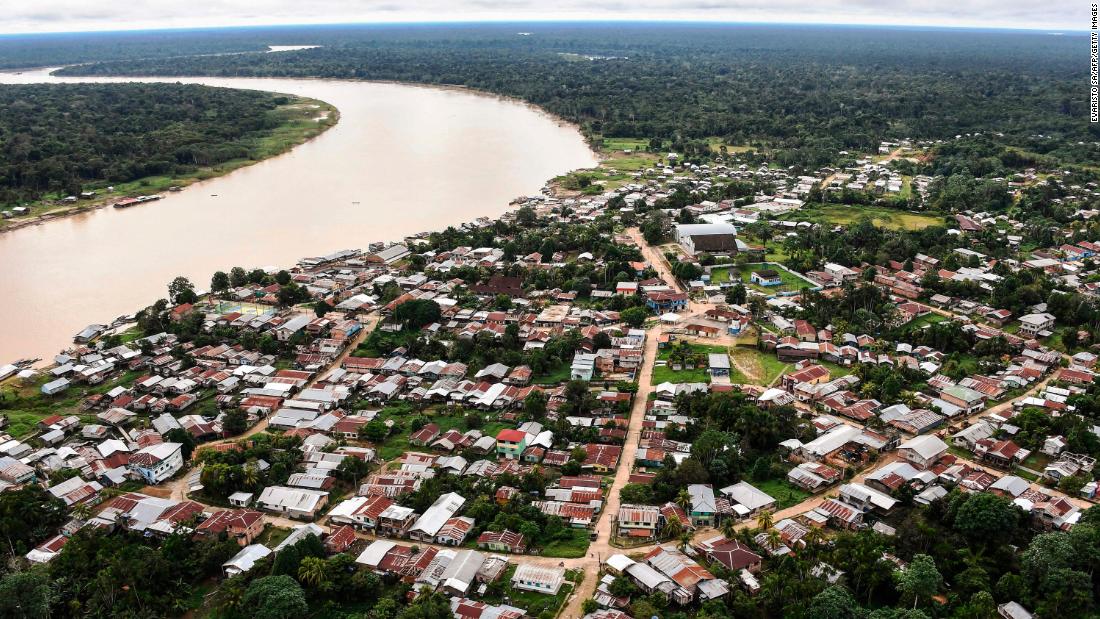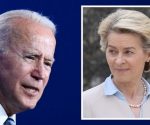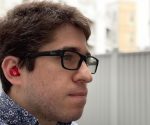In Brazil’s Javari Valley, isolated communities fear Covid-19 ‘catastrophe’
[ad_1]

The virus has already killed a member of the Marubo and a member of the Tikuna indigenous people living in the remote Javari Valley, and more than 450 people have been infected, according to the Brazilian government.
“The situation in the Javari Valley is critical,” said Douglas Rodrigues, a physician who has worked with recently contacted indigenous groups over the past 40 years. “We are preparing for a catastrophe,” he told CNN.
Overall, some 800,000 indigenous people live in villages throughout Brazil. The largest concentration of isolated communities is based in the Javari Valley, a region the size of Austria, located in southwest Amazonas state, near the border with Peru.
One of the last pristine areas of the Brazilian Amazon, the Valley is a sprawling network of winding rivers and dense primary forests that makes access very difficult. Travel is usually by boat and trips are measured in days rather than hours. The nearest town, Atalaia do Norte, is nearly 700 miles from the Amazonas state capital of Manaus.
It is home to about 6,900 indigenous people, representing about 16 uncontacted groups, according to the National Indian Foundation (FUNAI), a government agency overseeing indigenous affairs.
Since March, when the coronavirus was first reported in Brazil, FUNAI told indigenous leaders it would bar entry to the Valley so that outsiders couldn’t spread the virus.
But that didn’t happen, advocates say. FUNAI declined to comment on the situation in the Valley but said it has “adopted all measures to protect indigenous peoples in the context of Covid-19.”
The first cases
Frustrated by the lack of protection for all the indigenous communities — and angered over the visit by the SESAI health workers — the main representative body for the indigenous communities, APIB (the Association of the Indigenous Brazilian People) went to the Supreme Court to force the government to develop and implement a plan to protect the groups.
Brazil’s indigenous communities “are the most exposed to the risk of contagion and extinction,” said Justice Luis Roberto Barroso in the decision.
He called for travel barriers to be erected, with force if necessary, to prevent non-residents from entering indigenous lands and potentially carrying in the virus.
Delayed protection plans
But more than seven weeks later, it’s been a back and forth between government agencies and Justice Barroso.
The first plan was presented to the justice by SESAI and FUNAI on July 29, and dismissed as too generic. After a second draft, presented on August 14, Barrosa asked for more information from the agencies and set a September 7 deadline for a new version of the protection plan.
Such delays are deadly, according to advocates.
“It is important to create these barriers in the areas occupied by the isolated indigenous as some communities have already been infected,” said Paulo Marubo, executive coordinator of the Union of the Javari Valley Indigenous People.
“When the barriers finally are implemented, everyone will be infected already.”
Reached for comment by CNN, SESAI told CNN that the barriers were the responsibility of FUNAI, the indigenous affairs agency. For its part, FUNAI did not address the Javari Valley, but said 311 barriers had already been erected across the country.
“New barriers will be implemented according to the needs of each region,” a FUNAI spokesperson added.
Meanwhile, “the deaths and the invasions keep happening,” said Eloy Terena, a lawyer with APIB, referring to incursions into protected indigenous lands by illegal loggers, miners, and hunters.
“The government is doing this ping-pong game to gain time,” said Terena. “It’s a tactic. The barriers have to be implemented. If the government doesn’t respect a decision of [the court], the indigenous people don’t have anywhere else to turn,” he said.
[ad_2]
Source link









